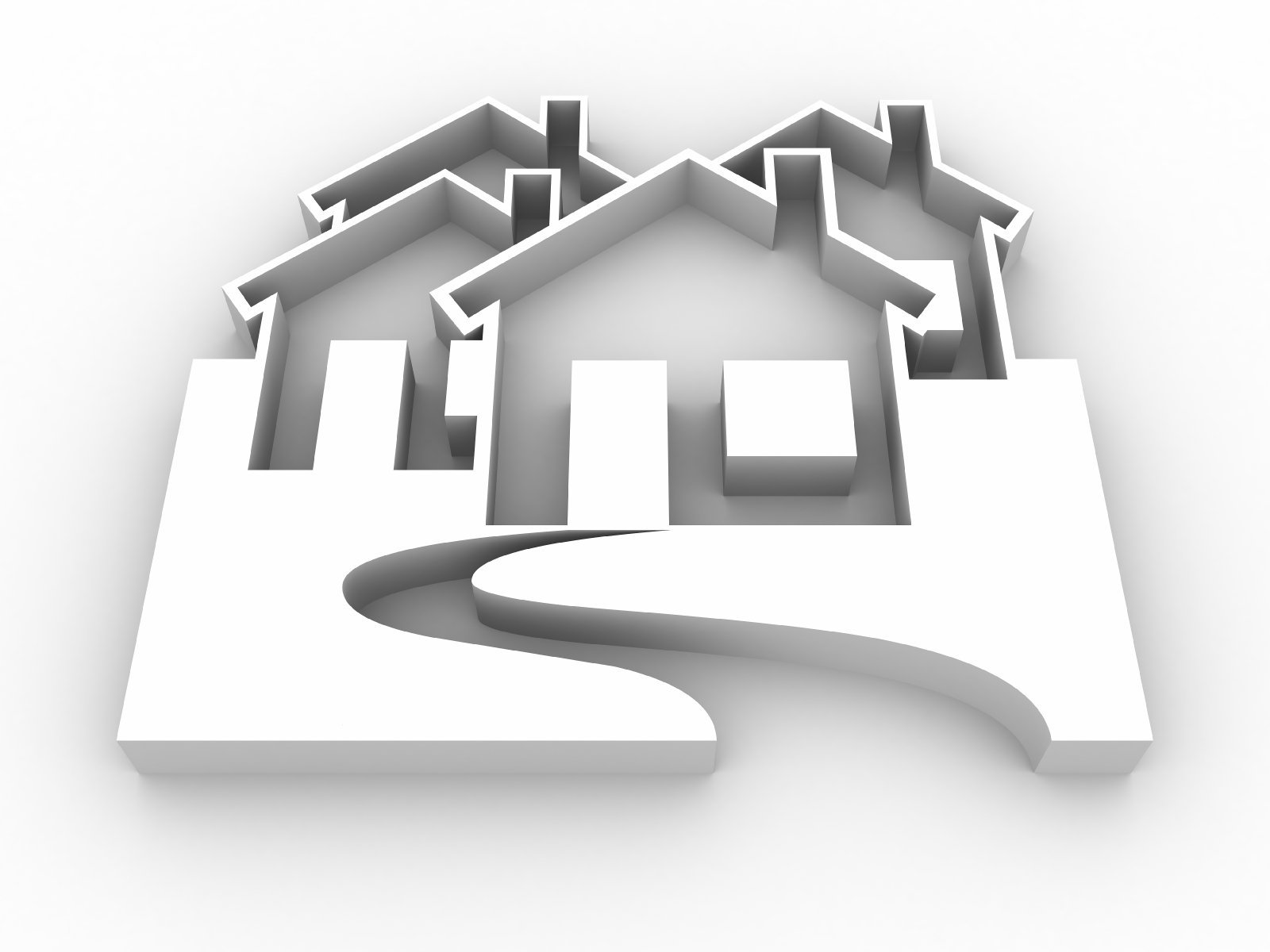The government’s Social Housing scheme has begun in earnest and aims to cover as much as 70% of the rent for the vulnerable and low-income groups, says the deputy minister of roads and urban development.
“The Social Housing scheme is in line with the government mandate to provide affordable housing for low-income groups,” ILNA reported Hamed Mazaherian as saying in a live TV program.
“We want to learn from past experience in social housing and it is the essence of the Resistance Economy to tap domestic capabilities to indigenize the economy.”Resistance Economy is a setof principles outlined by Leader Ayatollah Khamenei aimed at bolstering domestic production, curbing dependence on oil exports, improving productivity and encouraging Iranians to buy domestically manufactured products
The Rouhani administration could have launched the Social Housing plan when it came to office in the summer of 2013, but was of the belief that the Mehr Housing project was indeed a “government undertaking” and should be dealt with first, he said.
The Social Housing plan is a subcategory of the government’s Comprehensive Housing Plan which incorporates programs to provide low-income groups and those covered by state charities like the Imam Khomeini Relief Foundation and the State Welfare Organization of Iran with affordable housing.
Mazaherian had said earlier that some components of the plan like Social Housing are “joint ventures” between his ministry and the Ministry of Cooperatives, Labor and Social Welfare.
The Social Housing plan was initiated by President Hassan Rouhani’s government to help the low-income strata own their own homes. It stipulates that annually 125,000 households belonging to the four lowest income deciles, should be added to one of the three schemes. The schemes include ownership, low rents and rent subsidies.
The Mehr housing scheme is a controversial plan initiated by the former administration to build hundreds of thousands of units for the poor and vulnerable. The plan has been widely criticized for its unusually high cost, poor management, low-quality building material and remote locations.
No Gov’t Role in Construction Process
Pointing to a variety of programs in the Social Housing scheme, Mazaherian reiterated that the government has set out to provide low-income groups with housing and does not in any way wish to get involved in the construction process. “One plan is to provide the lowest deciles with leasing options and the government will pay up to 70% of the rent.”
Stressing that the execution of the Social Housing scheme is dependent on the government budget, the deputy minister said the scheme is underway and the Housing Foundation of the Islamic Revolution is the contractor.
HFIR is a state body with the mission of providing housing for the underprivileged and low-income people and help with post-disaster (natural or man-made) reconstruction and recovery.
“There is good interaction between the Ministry of Roads and Urban Development and the Ministry of Cooperatives, Labor and Social Welfare to provide low-income households with 125,000 homes,” he added.
In relation to the property market, the official said the bubble has burst and during the past three years house prices have come closer to their real value. “At the moment, average home prices in Tehran stand at 44 million rials ($1,372) per square meter and the figure at the national level is 25 million rials ($779),” Mazaherian said. “A significant portion of the cost of buying a home is currently provided by the banks in the form of mortgage and we are trying to increase that amount.”
Recession in the housing sector usually lasts between two and a half to three years, he was quoted as saying. “We are now close to recovery” from recession.
The fact that home prices have increased by 8% since the beginning of the current fiscal year (in March) indicates momentum in the market. Furthermore, real estate deals in the same period registered an average growth of 10-15% “which is a good sign for the housing market and shows that we are in a pre-boom situation.”


